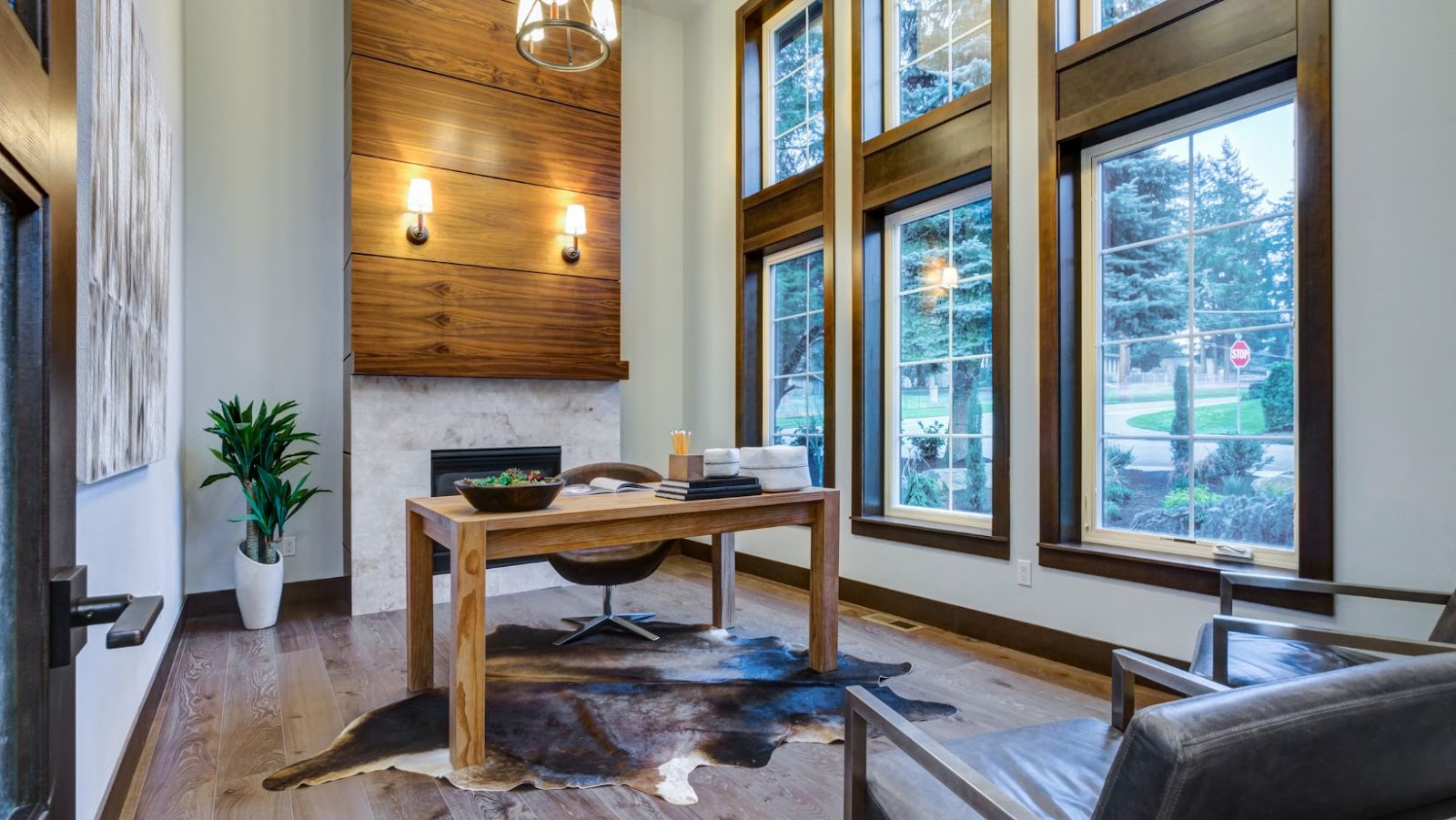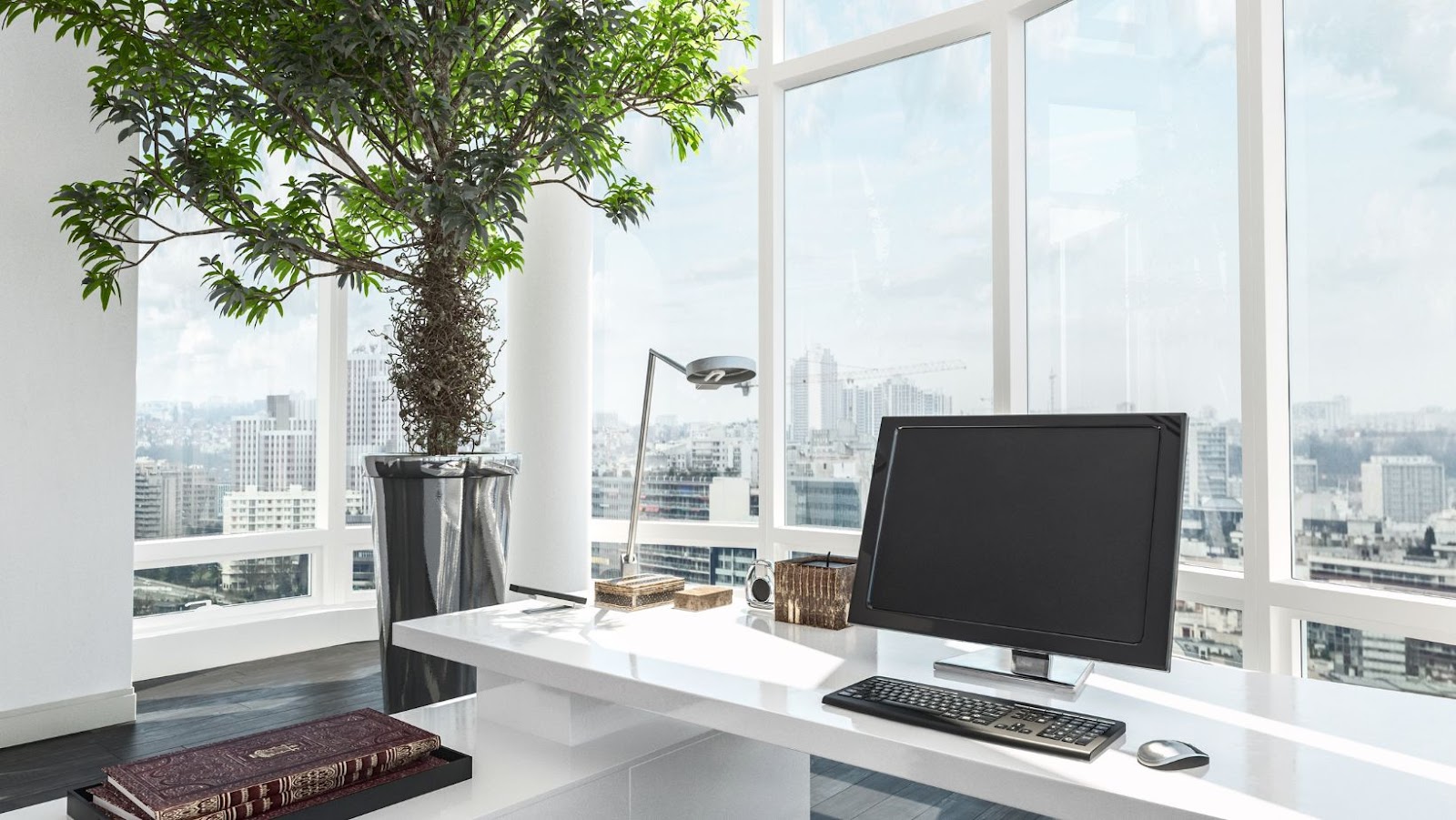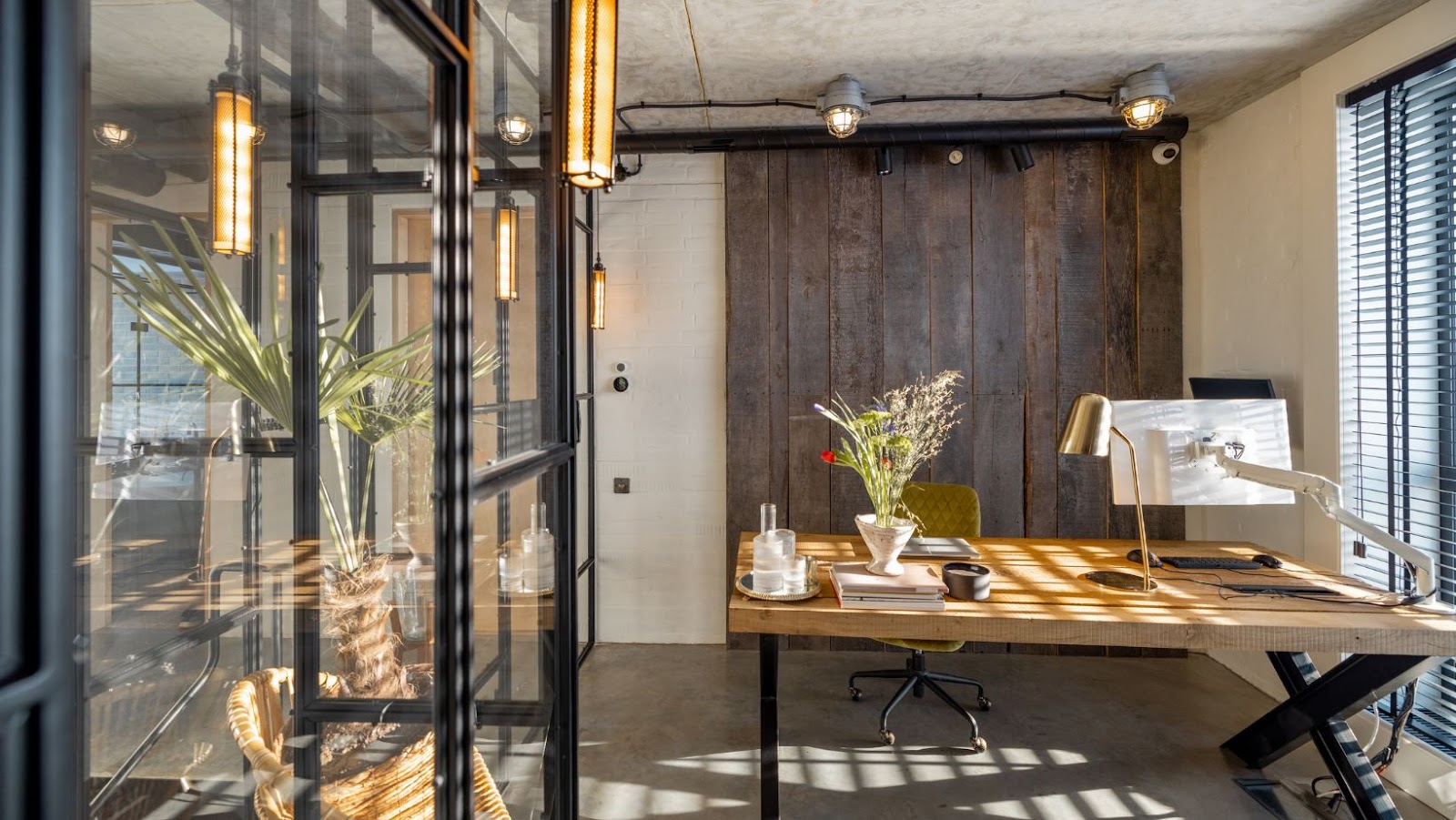 Office Home Design
Office Home Design
Office home design plays a crucial role in enhancing productivity and well-being. A well-designed space facilitates focus, reducing distractions and promoting efficiency. Factors like lighting, which affects mood and energy levels, and noise control, which minimizes disturbances, are essential. Ergonomic setups, including adjustable chairs and desks, prevent discomfort and boost posture. Personalization elements, such as inspirational décor and custom color palettes, make the space inviting, encouraging prolonged focus. Storage solutions, including shelves and cabinets, help maintain organization and accessibility. Incorporating greenery, like indoor plants, can improve air quality and create a calming atmosphere. Overall, optimizing design aligns the workspace with the user’s professional and personal needs, ultimately transforming home offices into environments where comfort and productivity coexist.
Ergonomics focuses on reducing discomfort while improving efficiency. An ergonomic chair supports the spine and reduces strain from prolonged sitting. Adjustable desks accommodate sitting and standing positions, promoting movement. Monitors should be at eye level to prevent neck strain. Inline keyboard trays align wrists, minimizing fatigue.
Lighting influences mood and productivity levels. Natural light helps regulate circadian rhythms, enhancing work performance. Position desks near windows for optimal natural light exposure. Task lighting, such as desk lamps, provides focused illumination for detailed work. Adjustable LED lights reduce eye strain in dim environments.
Color schemes impact emotions and focus. Soft neutrals and blues create calmness, fostering concentration. Vibrant colors like orange and yellow can improve energy and creativity. Consistent color palettes maintain visual cohesion, enhancing overall ambiance. Accent colors in artwork or decor add personality without overwhelming the space.
Furniture and layout define functionality and aesthetics. Multi-purpose furniture, like foldable desks and convertible shelves, optimizes space. Collaborative zones facilitate teamwork in shared spaces. Placing storage solutions within arm’s reach improves accessibility. Open layouts with clear pathways reduce clutter, encouraging a tidy and efficient workspace.
 Popular Design Styles
Popular Design Styles
Office home design embraces various styles that balance aesthetics with functionality. Each style offers unique elements tailored to different preferences and space requirements.
The minimalist style focuses on simplicity and functionality. Clean lines and neutral color palettes create a clutter-free environment, enhancing mental clarity. Essential furniture, like a desk and chair, defines the space without distractions. Storage solutions are often integrated into the design, maintaining organization and a tidy workspace.
Inspired by urban lofts, the industrial design style combines raw materials with sleek finishes. Exposed brick walls and metal fixtures define this style, adding character to the home office. Functional furniture with a rustic appeal complements the design, while open shelving serves as both storage and decor. This style often includes vintage accents, tying together the space’s robust yet refined look.
The Scandinavian style emphasizes warmth and simplicity with a focus on comfort. Natural materials like wood and soft textiles bring warmth to the workspace. The color palette is typically light and airy, with whites, grays, and muted pastels. Functional yet stylish furniture pieces encourage productivity and relaxation. Incorporating greenery enhances the serene atmosphere, inviting nature into the office setting.
 Tips For Designing A Productive Workspace
Tips For Designing A Productive Workspace
Designing a workspace that boosts productivity involves balancing function, personal style, and organization. Each aspect plays a critical role in creating an environment conducive to efficient work.
Functionality is key when setting up a home office. Ergonomic furniture, including chairs and adjustable desks, enhances comfort and reduces strain. Technology integration, such as efficient cable management and power access, ensures seamless operations. Storage solutions should declutter the workspace to promote focus and efficiency.
Personal elements can inspire creativity and motivation. Displaying personal achievements or including artwork, such as paintings or photographs, adds character. A favorite color or unique decor piece can personalize a workspace and make it more inviting. However, maintaining a balance between personalization and professionalism is essential.
An organized environment minimizes distractions and boosts productivity. Using labeled bins and shelves, users can efficiently store documents and supplies. Incorporating minimalistic principles, such as balancing aesthetic with practical storage, further enhances workspace function. Regularly decluttering keeps the home office tidy, contributing to a productive atmosphere.